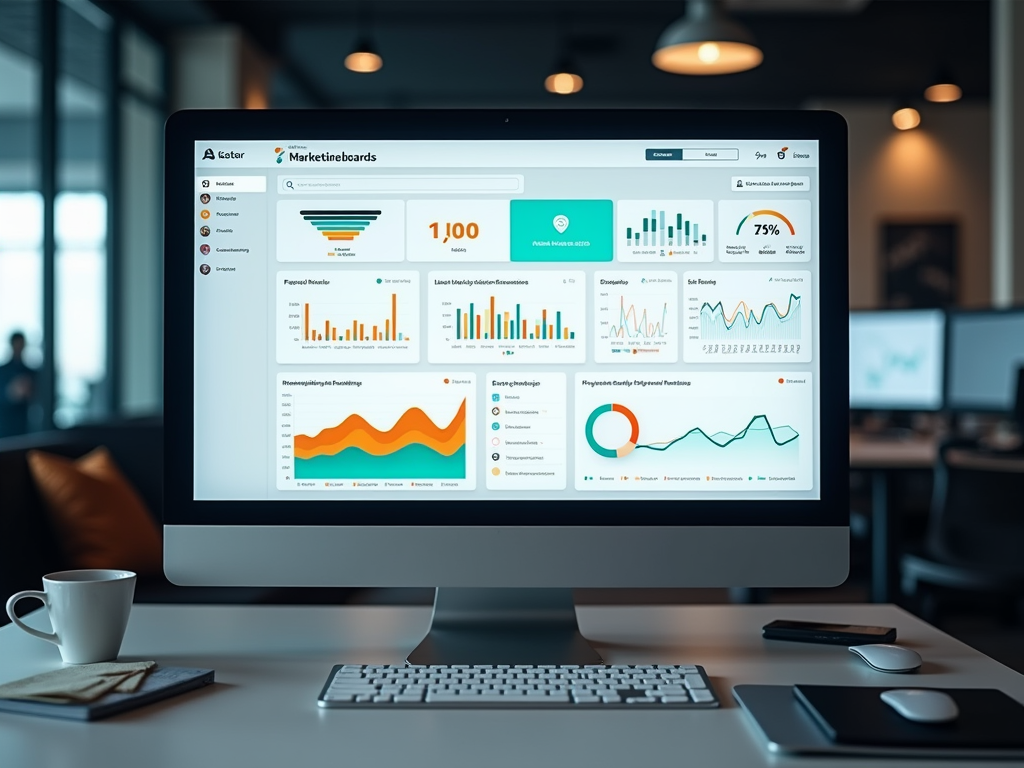In a rapidly evolving digital landscape, understanding the journey of your customers is more critical than ever. Many businesses struggle with how to increase their conversion rates effectively. One of the most potent methods for tackling this challenge lies in funnel analysis. This analytical approach provides insights into various stages of the customer journey, allowing marketers to identify strengths and weaknesses in their campaigns. By utilizing tools such as Google Analytics, businesses can track user behavior and uncover valuable data, transforming raw numbers into actionable strategies.
Funnel analysis allows marketers to visualize a prospective customer’s journey as they move from awareness to conversion. Each stage of the funnel represents a touchpoint where users may either engage further or drop off. By systematically assessing these stages, you can gain clarity on how effectively your marketing efforts are resonating with your audience. Then, you can implement targeted changes that can meaningfully enhance your conversion rates, leading to increased sales and customer satisfaction. Let’s deepen our understanding by dissecting the marketing funnel itself.
Understanding the Marketing Funnel

Stages of the Marketing Funnel
The marketing funnel can be dissected into several critical stages, each reflecting a step in the customer’s decision-making process. These stages can be summarized as follows:
- Awareness: The initial phase where potential customers become aware of your brand.
- Interest: Users show interest by engaging with your content or services.
- Consideration: Consumers assess your offerings against competitors.
- Conversion: The final stage where buying decisions are made.
Importance of Each Stage
Every stage plays a crucial role in influencing customer behavior, and understanding them helps craft targeted marketing strategies. For instance, during the awareness stage, your goal is to reach as many potential customers as possible. Once your audience is aware, the next task is to pique their interest using compelling content or offers. During the consideration phase, it’s important to highlight unique selling propositions that differentiate your brand. Lastly, during conversion, a smooth and intuitive purchasing process can significantly impact your success rate.
The Role of Funnel Analysis in Conversion Rate Optimization

Funnel analysis enables businesses to identify specific areas where potential customers drop out of the funnel. This analysis is crucial because understanding these drop-off points can inform targeted marketing strategies. With the right analytics, marketers can decipher user motivations and behaviors, leading to improved decision-making. By recognizing these pain points, changes can be implemented that directly address the issues potential customers face, ultimately boosting conversion rates.
| Funnel Stage | Key Metric | Improvement Strategy |
|---|---|---|
| Awareness | Traffic Sources | Enhance outreach via digital marketing channels. |
| Interest | Engagement Rate | Create compelling content to retain interest. |
| Consideration | Bounce Rate | Refine landing pages for clarity and appeal. |
| Conversion | Conversion Rate | Provide easy checkout and payment options. |
Key Metrics to Monitor
Conversion Rates by Funnel Stage
Tracking conversion rates at each funnel stage can reveal valuable insights into your marketing effectiveness. By routinely checking these metrics, marketers can assess which areas are performing well and which require improvements. Important metrics to keep tabs on include:
- Overall conversion rate from awareness to conversion.
- Engagement rates at the interest stage.
- Return metrics for users who reach the consideration phase.
Drop-off Rates
Another essential metric to analyze is drop-off rates. Understanding where and why users leave your funnel is critical to forming an actionable plan for improvement.
- Analyze traffic sources to understand which bring the most engagement.
- Examine user feedback to understand their pain points.
- Conduct surveys for customers who did not convert.
Strategies for Improving Conversion Rates using Funnel Analysis
Streamlining Customer Journey
Enhancing the user experience at each stage of your funnel is paramount. This involves simplifying processes, such as reducing the number of steps in the checkout process. Moreover, ensuring that your website is mobile-friendly can make a significant difference. Customers nowadays often switch between devices, and having a responsive site caters to this behavior. Furthermore, incorporating clear calls to action helps guide users effortlessly towards conversion.
Targeted Content Marketing
Creating engaging and tailored content for each stage of the funnel can effectively drive interest and conversions. This content should address specific user needs and challenges pertinent to each stage, such as:
- Informational blogs for the awareness stage.
- Product comparisons for the consideration stage.
- Testimonials and reviews during the conversion phase.
A/B Testing for Optimization
Regularly testing various elements of your funnel is essential to maximizing your conversions. This could include experimentation with different headlines, images, or calls to action. By analyzing which variations perform the best, marketers can implement strategies that yield the highest returns.
Tools for Funnel Analysis
Various tools can assist marketers in conducting effective funnel analysis:
- Google Analytics: A robust tool for tracking user behavior and metrics.
- Hotjar: Perfect for visualizing user interactions and behavior patterns.
- Mixpanel: Focuses on events and user engagement.
Итог
Funnel analysis is an invaluable method for enhancing marketing conversion rates. By dissecting each phase of the customer journey and closely monitoring key metrics, businesses are equipped to implement strategic improvements. Understanding user behavior at various stages allows marketers to make informed decisions that resonate with their audience. Ultimately, the goal is to refine the customer journey, resulting in increased sales and greater customer satisfaction.
Часто задаваемые вопросы
- What is funnel analysis?
Funnel analysis tracks customer journeys through various stages of marketing to identify improvement areas. - How does funnel analysis improve conversion rates?
It highlights drop-off points and unveils customer behavior, enabling data-driven decisions that optimize the experience. - What tools can I use for funnel analysis?
Popular tools include Google Analytics, Hotjar, Mixpanel, and Crazy Egg. - How often should I conduct funnel analysis?
Regular analysis is advisable, especially after notable changes to marketing strategies or sites. - Is funnel analysis suitable for all types of businesses?
Yes, funnel analysis benefits any business with a structured customer journey, regardless of industry.
